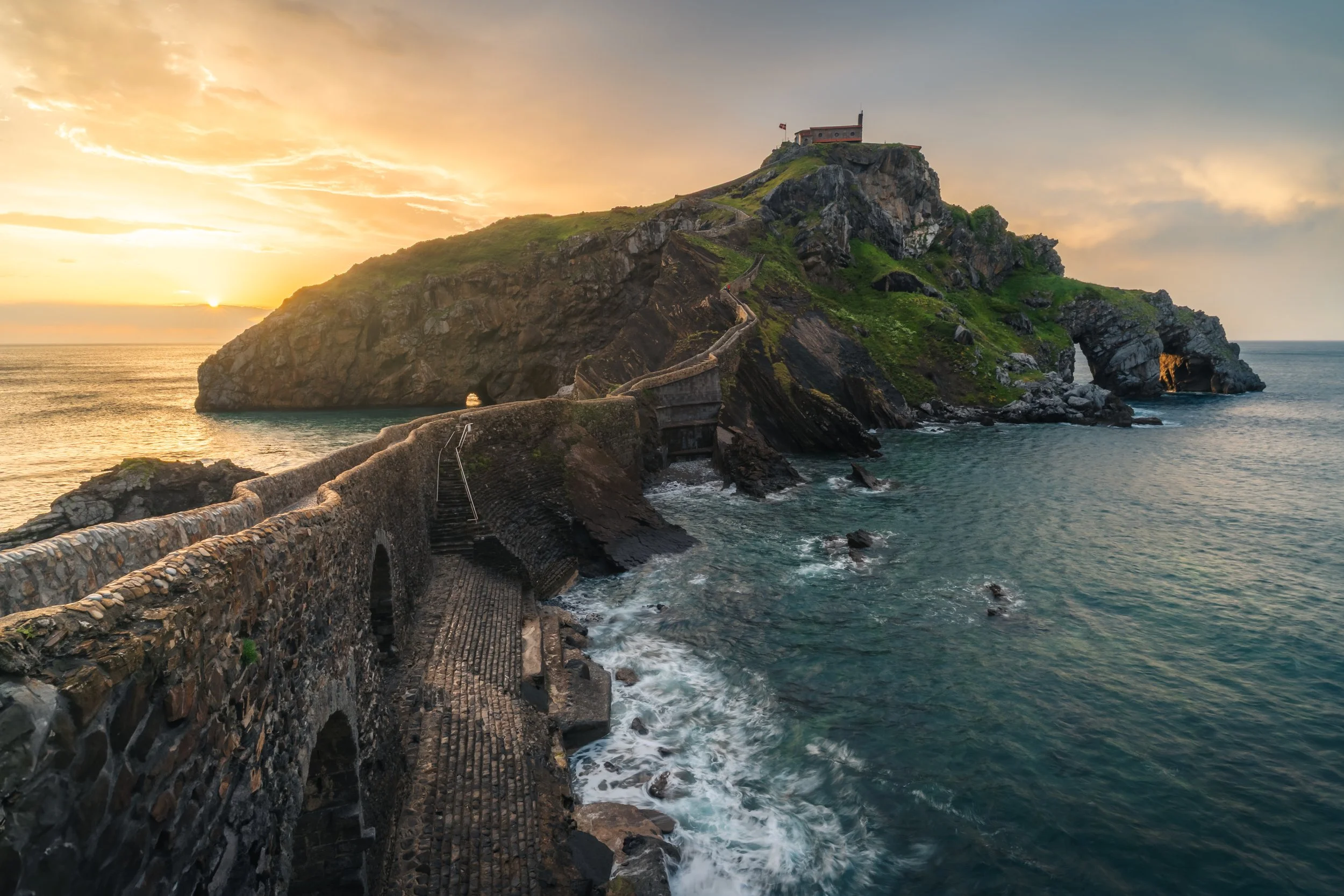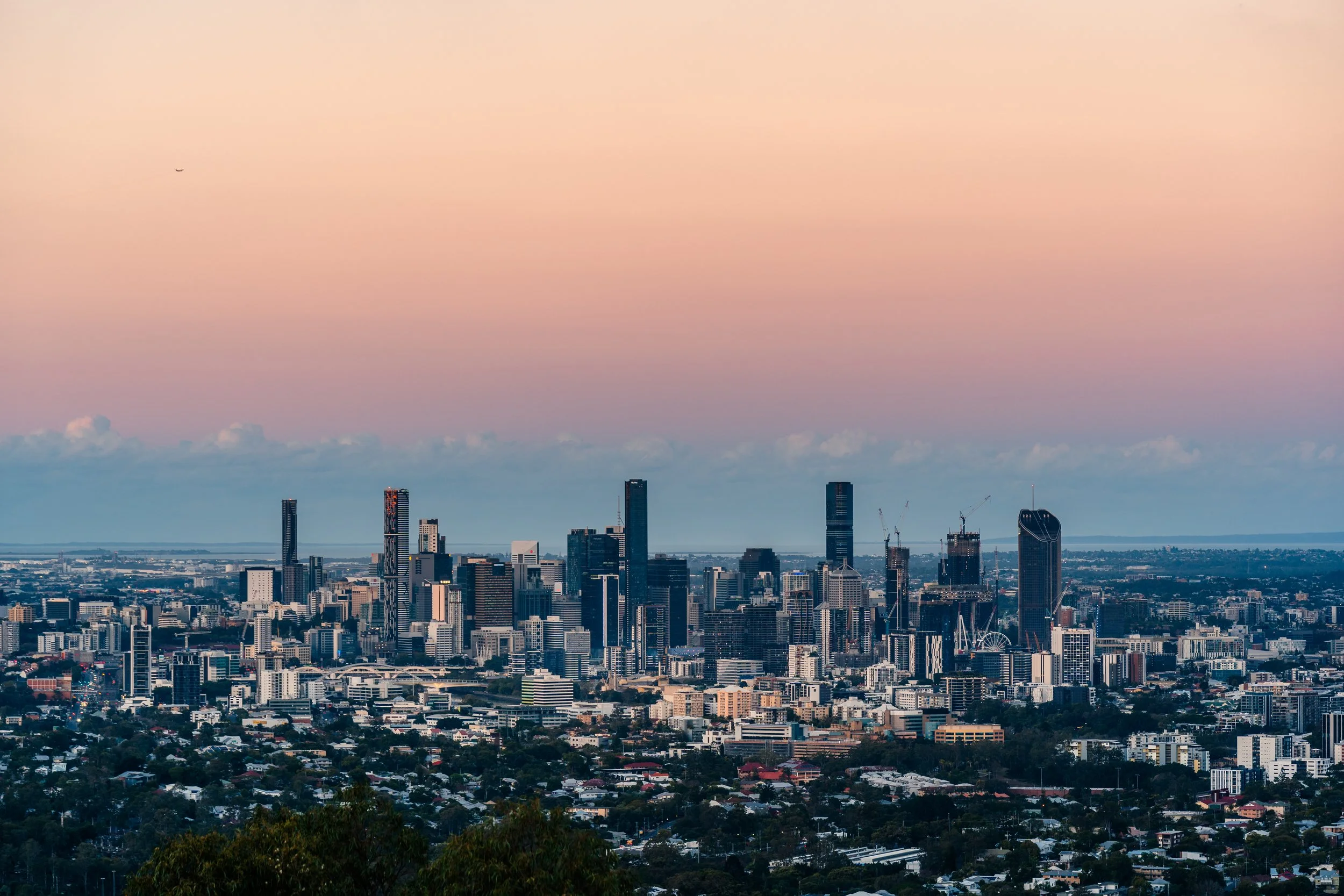What Is the Most Important Rule of Landscape Photography?
Landscape photography has countless techniques, tips, and “rules” that photographers talk about: the rule of thirds, using leading lines, including a strong foreground, and so on. Each of these plays a role in making images stronger. But if you had to choose one rule above all others, it would be this:
Light is everything.
You can stand before the most incredible mountain range, the most dramatic coastline, or the most peaceful forest—but without the right light, the photo will often fall flat. Conversely, with magical light, even an ordinary field or a simple tree can look extraordinary.
Why Light Matters More Than Anything Else
Light shapes the mood, defines textures, and brings dimension to your images. It’s the difference between a dull snapshot and a photograph that makes someone stop scrolling and feel something.
Mood and Atmosphere – Soft, golden light at sunrise and sunset creates warmth and calm. Blue hour adds a quiet, moody feel. Storm light brings drama and intensity.
Depth and Texture – Side lighting accentuates ridges, valleys, and textures in the landscape. Front lighting often flattens them, while backlighting can turn subjects into silhouettes and highlight atmosphere like fog or dust.
Focus and Attention – Light directs the eye. A sunbeam falling across a mountain or illuminating a patch of wildflowers tells the viewer where to look.
In short: light is the storyteller in your image.
.The Best Times for Landscape Photography
Photographers often talk about the “golden hour” and the “blue hour.” These times of day produce the most flattering, atmospheric light for landscapes.
Golden Hour – The hour after sunrise and the hour before sunset. The sun is low, shadows are long, and the light is warm and soft. Perfect for adding depth and drama.
Blue Hour – Just before sunrise and after sunset. The light is cool and even, creating a peaceful, cinematic mood. Great for cityscapes and moody landscapes.
Dramatic Weather – Don’t pack up when clouds roll in. Storms, fog, snow, or shafts of light breaking through rain can give you once-in-a-lifetime conditions.
Practical Tips for Working With Light
Plan Ahead – Use apps like PhotoPills or The Photographer’s Ephemeris to track sunrise, sunset, and the sun’s direction at your location.
Be Patient – Great light is fleeting. Arrive early, stay late, and be ready for changes. Sometimes the best moment is just after the sun dips below the horizon.
Look Behind You – The most dramatic colors and light are often opposite the sun. Don’t get tunnel vision.
Use Shadows – Shadows add depth and dimension. Instead of avoiding them, incorporate them into your composition.
Experiment With Exposure – Shooting into strong light? Try underexposing slightly to preserve highlights and capture mood.
What About Composition, Subject, and Technique?
Of course, light isn’t the only thing that matters. Strong composition gives structure to your image. A clear subject creates focus. Good technique ensures your photo is sharp, well-exposed, and polished.
But here’s the truth: without great light, even the best composition and technique can’t carry the image. With great light, though, almost any subject becomes compelling.
The Golden Rule to Remember
So, what is the most important rule of landscape photography?
Chase the light.
Plan your shoots around it, study it, and be patient with it. Light will transform your photography more than any gear upgrade, compositional trick, or technical tweak ever could.
Because at the heart of every breathtaking landscape photo, there’s always one thing in common: the magic of light.
Brisbane City Skyline At Sunset

